Huangya Pass Grote Muur - Ticketprijs, openingstijden, locatie en hoogtepunten
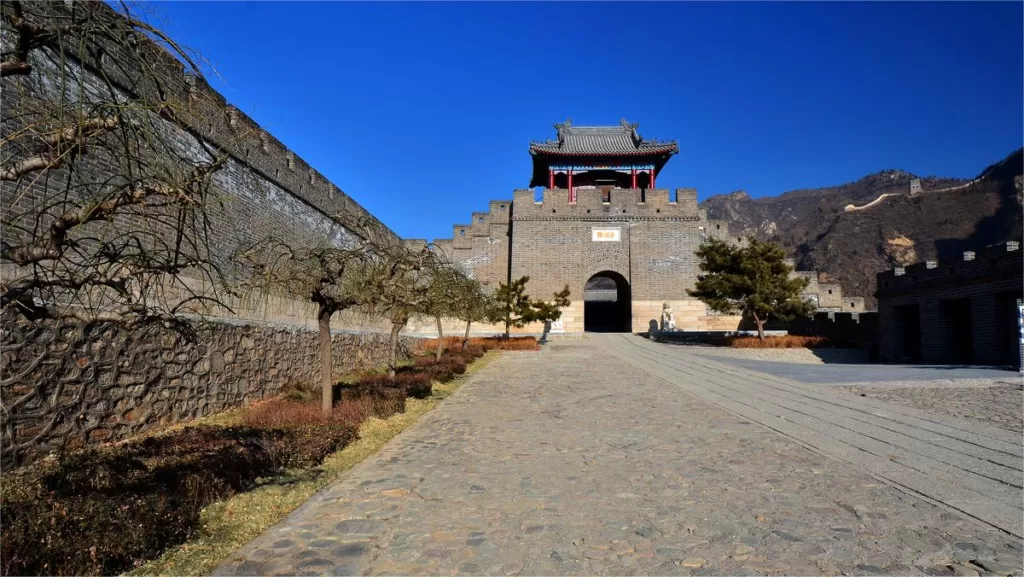

Huangya Pass Great Wall (黄崖关长城, also known as Yellow Pass Great Wall, or Huangyaguan Great Wall), located 28 kilometers north of Jizhou District in Tianjin, China, stands proudly amidst the rugged and towering mountains. Its construction dates back to the year 556, with significant renovations carried out during the Ming Dynasty under the command of the renowned general Qi Jiguang, who served as the military commander of Jizhou. The eastern cliffs of the pass are adorned with rocks of a yellow-brown hue, creating a spectacular display of golden brilliance during the sunset. It is precisely this stunning sight that has earned the pass the moniker “Huangya,” meaning “yellow cliff” in Chinese.
Stretching from Malan Pass in Zunhua City, Hebei Province, in the east to General Pass in Pinggu, Beijing, in the west, the Huangya Pass Great Wall spans a total length of 42 kilometers. Positioned on a mountain ridge at an elevation of 736 meters, the wall comprises 66 watchtowers, 52 enemy towers, and 14 beacon towers, making it a strategically significant military stronghold in the eastern part of the capital.
Radiating outward from the central fortress, the Great Wall at Huangya Pass extends along the cliffs of the Ju River, reaching as far as the Banlagang Mountain in the east and the Wangmaoding Mountain in the west. This particular section of the Great Wall is characterized by its unique architectural features, a mix of brick and stone structures, square and round enemy towers, and solid and hollow bricks in the construction of walls and platforms. The natural landscape surrounding this stretch of the Great Wall is equally impressive, with precipitous cliffs serving as a protective barrier on one side and steep slopes on the other.
Huangya Pass Great Wall is not only a historical and architectural marvel but also houses the first Great Wall Museum and a contemporary monument forest dedicated to the iconic structure. This site stands as a testament to China’s rich history, military prowess, and the enduring legacy of the Great Wall.
Inhoudsopgave
- Basisinformatie
- Locatie en vervoer
- Highlights of Huangya Pass
- Vlog about Huangya Pass Great Wall
- Nuttige tips uit recensies
- Interessante feiten
- Other Attractions in Jizhou District
Basisinformatie
| Website | http://www.hygcc.com/ |
| Geschatte lengte van de tour | 3 uur |
| Ticket Prijs | 85 RMB |
| Sightseeing Car | 30 RMB |
| Openingstijden | 8.00 - 17.00; Laatste toegang: 16.30 |
| Telefoonnummer | 0086-022-22718080 |
Locatie en vervoer
Situated approximately 120 kilometers (75 miles) to the north of Tianjin city center, Huangya Pass is nestled within the picturesque mountainous region of Jizhou District. This location grants visitors easy access to the ancient wonder and allows for a day trip from Tianjin.
Visitors from Tianjin can first take a train to Jizhou North Railway Station (蓟州北站) from Tianjin North Railway Station (天津北站) and then transfer to a taxi or Bus No. 3 to cover the remaining 30 kilometers. But the most convenient way to get there is to drive yourself or sign up for a travel agency.
Highlights of Huangya Pass
Huangya Zhengguan
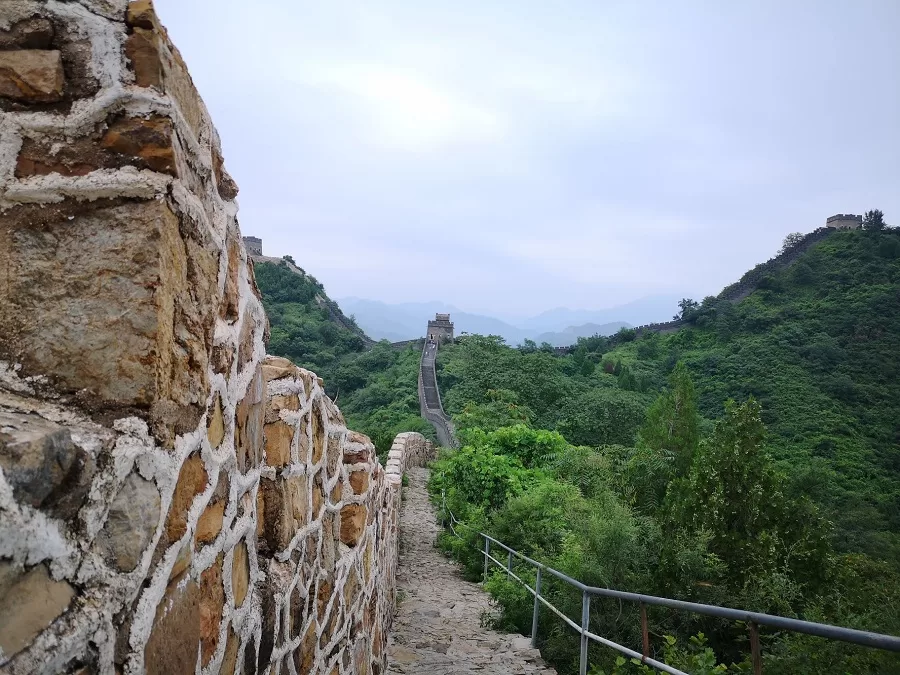
Huangya Zhengguan, or Huangya Main Pass, is a notable section of the Great Wall, extending 2,152 meters from Widow Tower in the east to Wangmao Peak in the west. It includes the following features:
- Wengcheng (Barbican) Walls and Gates: The pass comprises walls and gate towers in all four cardinal directions—east, west, south, and north. These structures provided critical defensive mechanisms against invaders.
- Corner Towers and Gateways: The corner towers and gateways of Huangya Pass are essential elements for both defense and communication along the Wall.
- Water Gate and Waterway Defense: Over the Ju River, the pass features a unique five-arched bridge-style water gate, equipped with battlements and shooting holes above, and iron grilles below to prevent passage by horses and people while allowing water to flow through.
- North Polar Pavilion (Beiji Pavilion): Commonly known as the Guandi Temple, this gate tower situated atop the pass further signifies the strategic importance of Huangya Pass.
Taiping Village and Commanding Platform
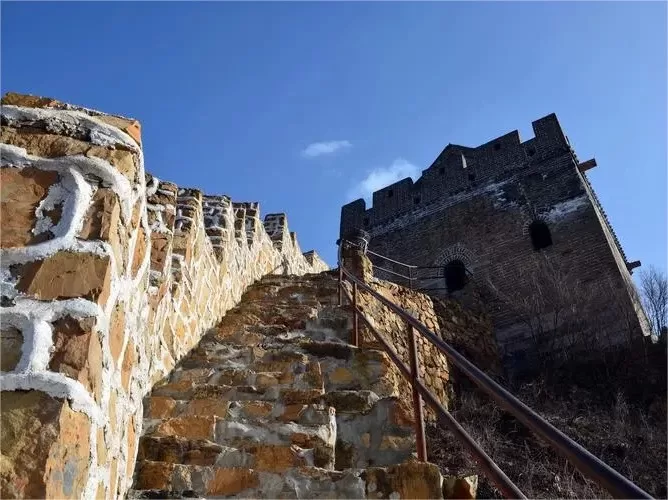
Taiping Village (Taiping Zhai) is located about one kilometer southeast of Huangya Pass in Xiaoping’an Village. This section of the Great Wall, extending 873 meters in length, served as a critical fortification controlling the mountainous valleys to the east of Huangya Pass.
- Geographical Significance: Positioned at an elevation of 400-500 meters, Taiping Village oversees the valley routes, including the infamous Dazi Valley (Tartar Valley), where Tatars breached the Wall during the Ming Dynasty.
- New Access Path: A newly constructed gate and path with an inscribed stone tablet reading “Taiping Village” provide easier access for visitors.
- Defensive Structures: The village boasts six enemy towers with a cross-shaped vault structure, a watchtower, and an access gate. These structures were essential for surveillance and defense.
- Mini Barbican: In front of the access path, a small barbican protects the gate, while the plaza hosts an 8.5-meter-tall granite statue of Qi Jiguang, a renowned Ming Dynasty general responsible for the Wall’s fortification in this region.
- Outward Extending Wall: To the west of the mini barbican, a section of the wall extends outward by over 30 meters, incorporating an enemy tower known as the Watch Tower (Shaolou), which further bolsters the defensive capabilities of Taiping Village.
Widow Tower (Guafu Tower)
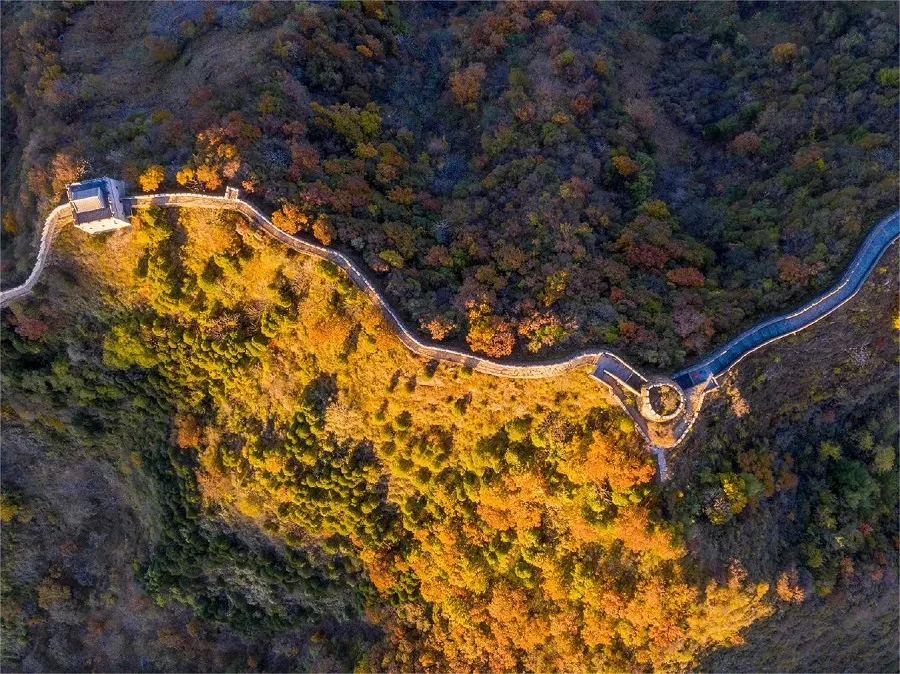
The Widow Tower, also known as Guafu Tower, is a square-shaped structure located in the western section of Taiping Village along the Huangya Pass Great Wall. Legend has it that during the Ming Dynasty, Qi Jiguang recruited soldiers from Henan Province to repair the watchtowers along the Great Wall. Twelve women, whose husbands were among the soldiers, pooled their resources to fund the construction of this tower, hence its name “Widow Tower.” Standing at 13 meters tall and consisting of two floors, the lower level of the tower is connected to the city wall, divided into four arched halls by four large brick columns. The upper level features a rectangular cabin adorned with dragon-headed decorations at both ends of the ridge and mythical beasts such as qilin, phoenixes, and lions adorning the corners. The interior of the tower can accommodate more than ten people, serving as both a defensive outpost and a resting place for guards.
Huangya Water Gate
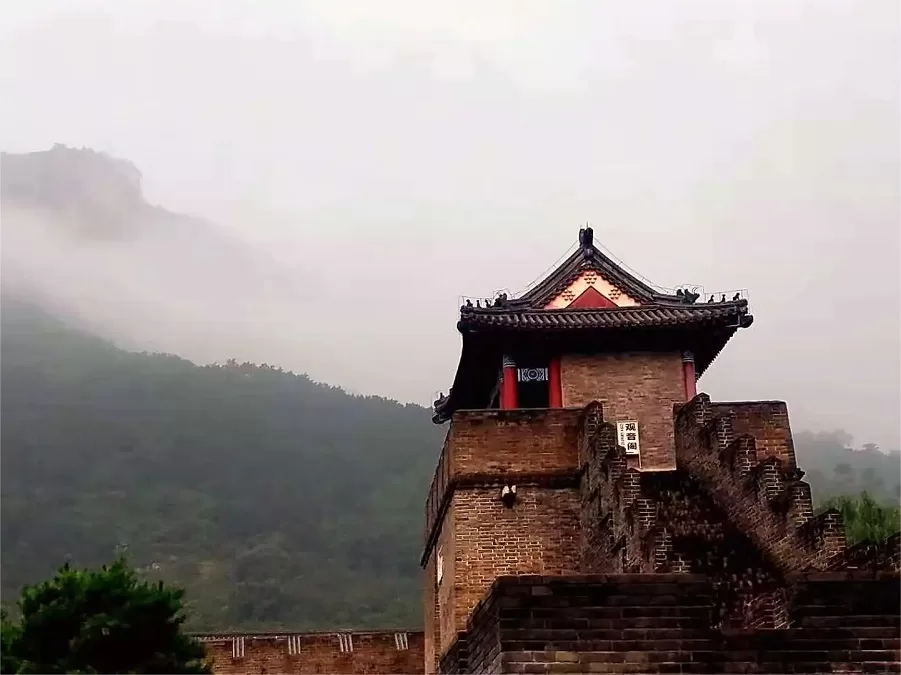
The Huangya Water Gate is one of the renowned water gate passes along the eastern section of the Great Wall. Strategically positioned to control the Ju River valley, it links Taiping Village in the east to Huangya Pass in the west. Originally built during the Ming Dynasty’s Yongle era (1403-1424), the gate fell into disrepair over time. However, it was reconstructed on its original site in 1992. The gate features battlements and a horse path on top, with five arched water tunnels below. Spanning a length of 75.5 meters and reaching a height of 12.5 meters, the gate also includes a bridge connecting to the northeast corner tower of the city wall. During the Ming Dynasty, the water gate served as a vital defensive structure equipped with iron cannons and bronze firearms on the battlements, while the water tunnels were fitted with gates to control the flow of water and collect taxes during peacetime.
Vlog about Huangya Pass Great Wall
Nuttige tips uit recensies
Dual Climbing Options: The scenic area has two sections for climbing. For those with average stamina, choose to walk on the west side, exploring the Great Wall along the wall and the mountainous area around Wangmao Peak. If you have good stamina, opt for the east side, which leads to the Taipingzhai Great Wall area. Note that the path on the east side is steeper.
Unique Access to Ancient Great Wall: The only way to reach the ancient Great Wall is through the Huangya Sky Ladder, a straight-up and straight-down path with a daunting 306 steps. It’s a challenging but rewarding experience.
Scheduled Performances: The scenic area hosts performances at regular intervals throughout the day.
Horseback Descent Option: When you have about one-third of the distance remaining, local villagers can guide you on horseback for the descent. This is recommended for those feeling fatigued, providing a convenient way to complete the journey.
Interessante feiten
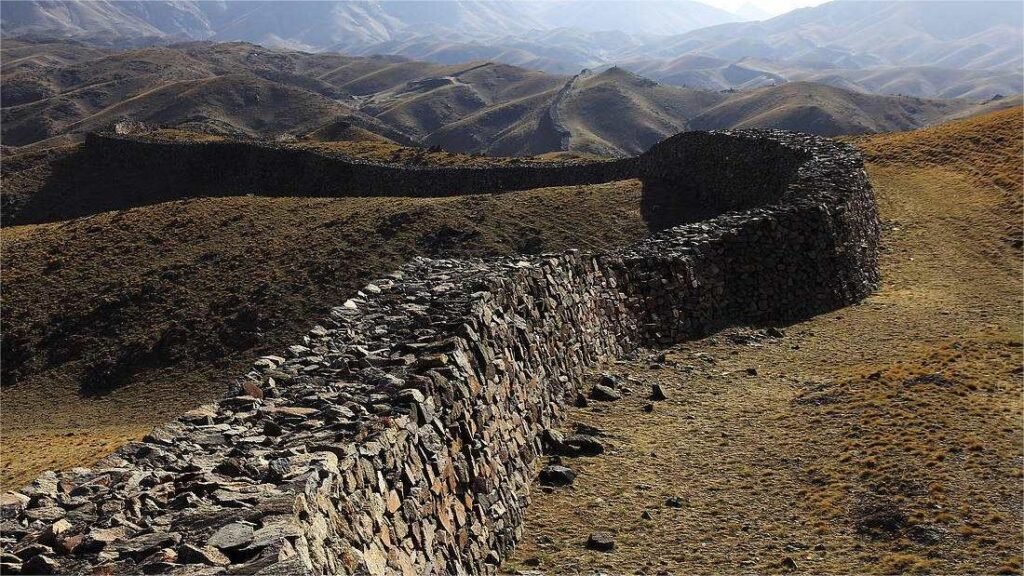
When was the Great Wall of China built?
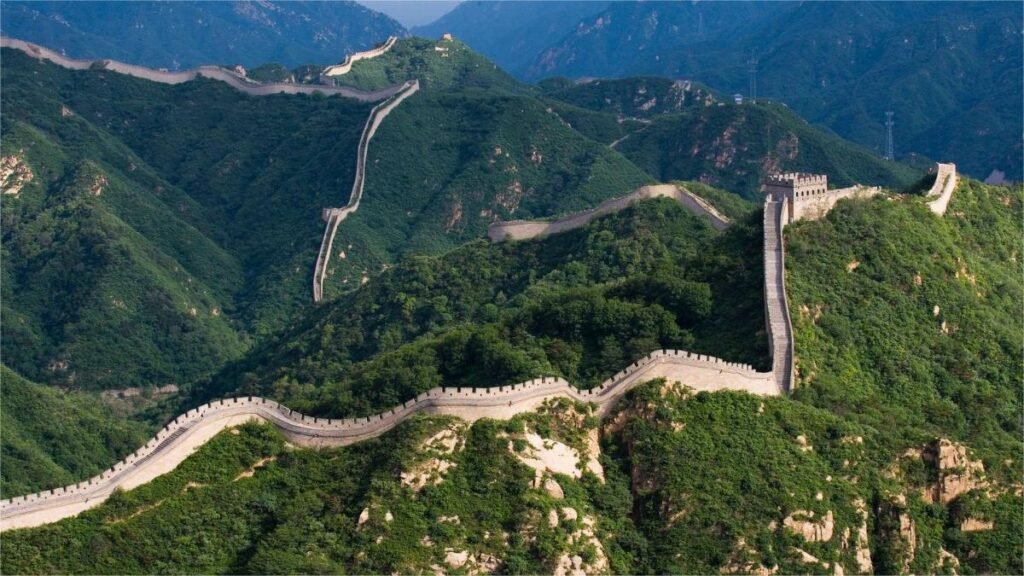
How long is the Great Wall of China exactly?

Which dynasty started the Great Wall?

How many workers did it take to build the Great Wall of China

Where is the Great Wall of China

What major river crosses the Great Wall

Are there bodies in the Great Wall of China?
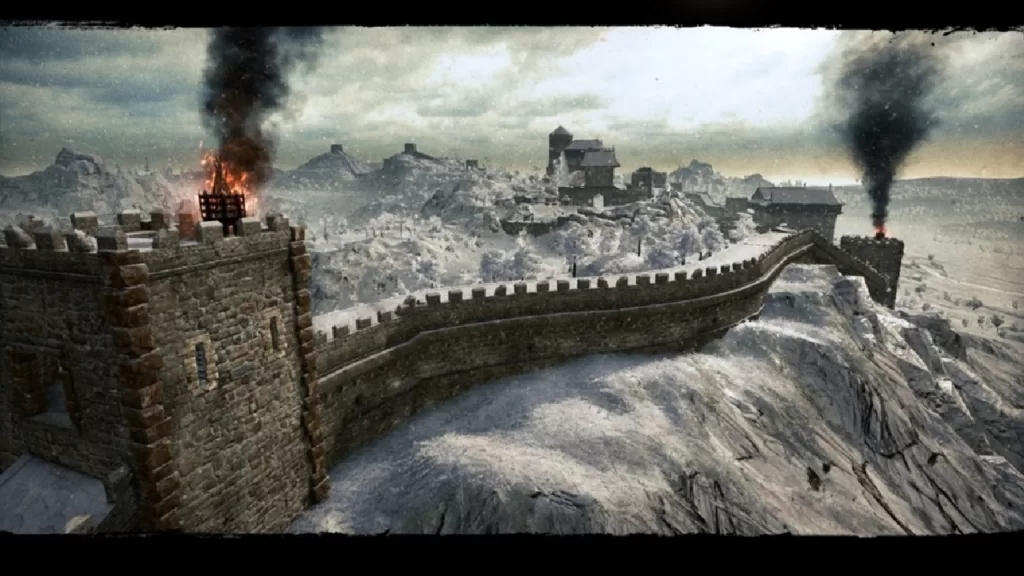
Did the Great Wall of China keep invaders out
Other Attractions in Jizhou District

Panshan Mountain – A Coiled Dragon

Dule Temple, Tianjin – One of the Oldest Surviving Wooden Structures

Jiulongshan National Forest Park – A Natural Oasis in the Metropolis
Historische plaatsen in Tianjin, Tianjin landschap